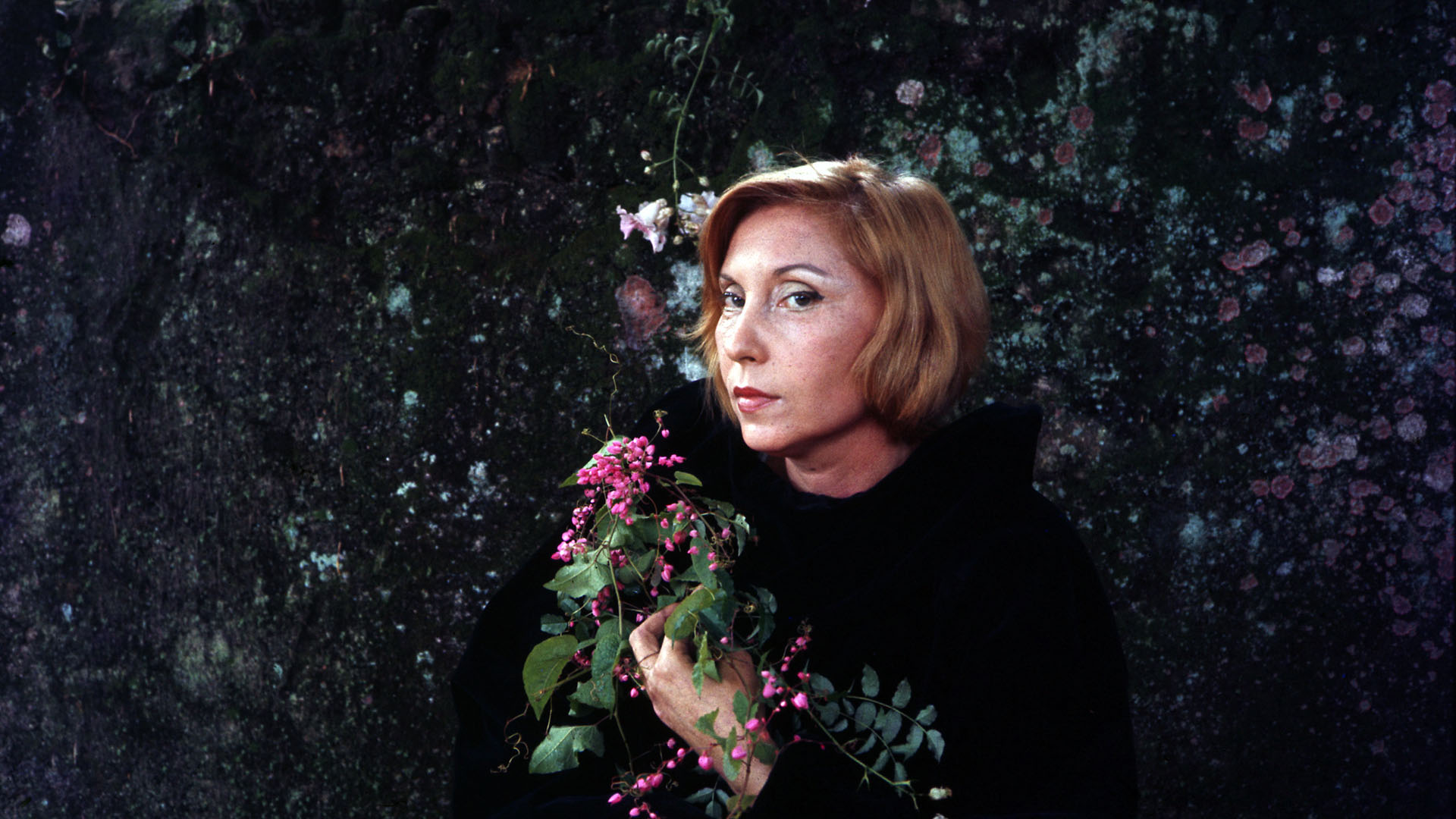, After Clarice. IMS Clarice Lispector, 2017. Disponível em: https://site.claricelispector.ims.com.br/en/2017/11/16/after-clarice/. Acesso em: 27 July 2024.
While the cariocas, residents of Rio de Janeiro, prepare for the long holiday weekend in honor of Black Consciousness Day, St. Peter’s College, at the University of Oxford in England, is promoting a turbo-charged schedule for November 17-18 in honor of Clarice Lispector, to celebrate the 40th anniversary of her death.
Organized by Professor Claire Williams, the conference After Clarice: Lispector’s Legacy will gather the greatest experts of the work of the author of The Passion According to G.H. to discuss a wide range of topics.
By counting on academics who translated Clarice’s works, the conference aims to shed light on the different perspectives of translators into various languages, a topic that will lead to much debate.
Artists who have interpreted Clarice, personage or work, will not be left out. Gathering professors from Berlin to Beijing, including scholars from the University of Minho and the University of Ceará, and, of course, counting on several in-house professors, After Clarice will also hear specialists with respect to the editorial policies around the work of the honored author– not losing sight also of Clarice Lispector, the newspaper chronicler, who wrote to earn a living.
“To write is to shine,” Otto Lara Resende affirmed in the profile he created of the writer. Yes, Clarice will indeed shine in the English autumn at Oxford.
Those interested can see the schedule on the site https://afterclarice.wordpress.com/







